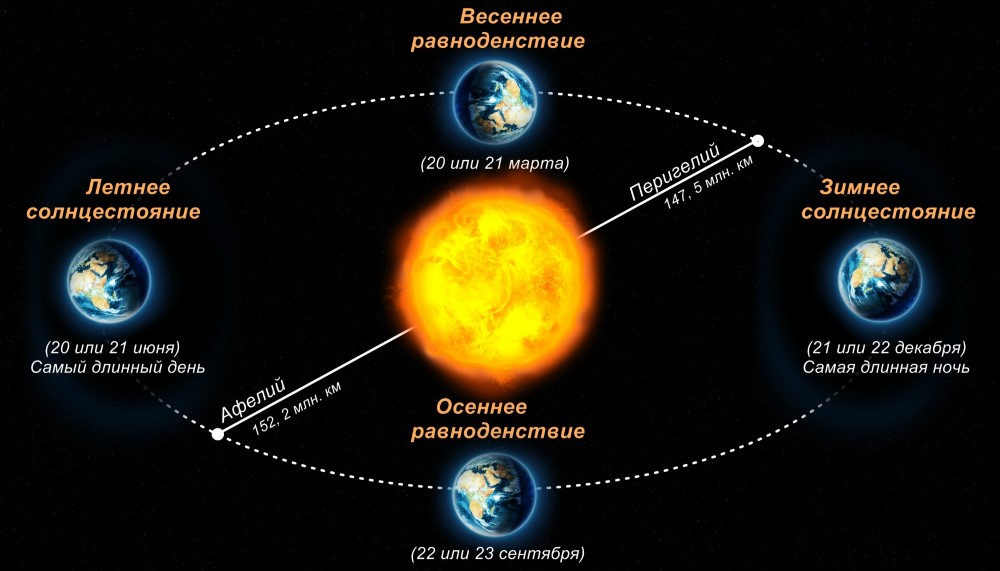In 2016, the autumn equinox day falls on September 22 at 17:22 Kyiv time. On this day, day and night are equal – both lasting 12 hours, as the Sun moves from the northern hemisphere to the southern one.
This phenomenon can be observed simultaneously across the planet. In the northern hemisphere, from this moment, astronomical autumn begins, and in the southern hemisphere, astronomical spring begins.
How Did the Slavs Celebrate the Equinox?
In ancient times, people celebrated the autumn equinox, knowing that the changes in nature corresponded to inner changes. The holiday symbolized the harvest and harmony of nature. This transitional and transformative time only happens once a year. The autumn equinox was considered a holiday and was always celebrated with pies filled with cabbage, cranberries, and meat, as well as folk festivities. It was customary to collect rowan berries and place them between window frames along with leaves, as they were believed to protect the home from dark forces.

Celebrations in Different Countries
Various peoples around the world ascribed mystical meaning to the autumn equinox. In many cultures, it was believed that on this day, invisible gates between heaven and earth open, and therefore on this holiday, one should direct their prayers to the sky, make wishes, and plan for the future.
- In Japan, it is a national holiday, celebrated annually since 1948. The celebration involves “honoring ancestors and preserving the memory of the deceased.”
- The Celts celebrated Mabon (Mabon) on the autumn equinox – a festival of the second harvest and apple ripening. Mabon traditions, dating back to pagan times, are still alive in many European countries, where harvest festivals are traditionally held at the end of September.
- In France, the autumn equinox is also associated with a unique phenomenon that occurs at Strasbourg Cathedral. On this day, light passing through the stained-glass window of the cathedral turns into a green ray that illuminates the Gothic statue of Christ. This phenomenon still has no explanation. Some scientists believe that the creators of the stained glass intentionally encrypted a message in this way.
- In Mexico, during the autumn and spring equinoxes, many try to visit the famous pyramid of Kukulkan (in the Mayan language – "feathered serpent") in the ancient city of Chichen Itza. The pyramid is aligned with the Sun so that on the days of the equinox, the sunlight falls on the pyramid in such a way that a pattern of alternating triangles of light and shadow appears on it. This pattern lasts for about 3.5 hours. Mexicans believe that if you are on the top of Kukulkan during this time, your most cherished wish will certainly come true.
On the autumn equinox, the second half of Indian summer begins, and according to folk belief, the weather on this day predicts the weather for the entire autumn. Additionally, folk signs say: the drier and warmer September is, the better the autumn will be, and the later the real winter will come.





